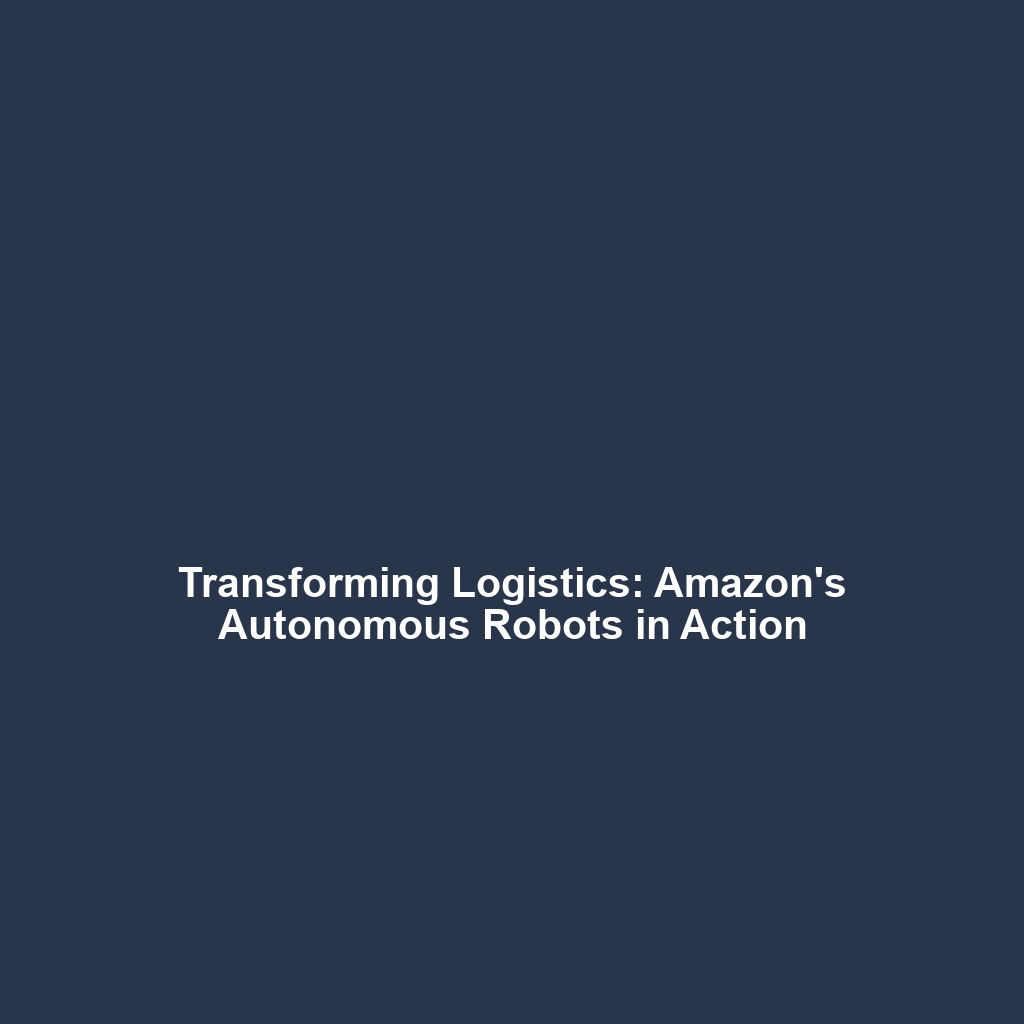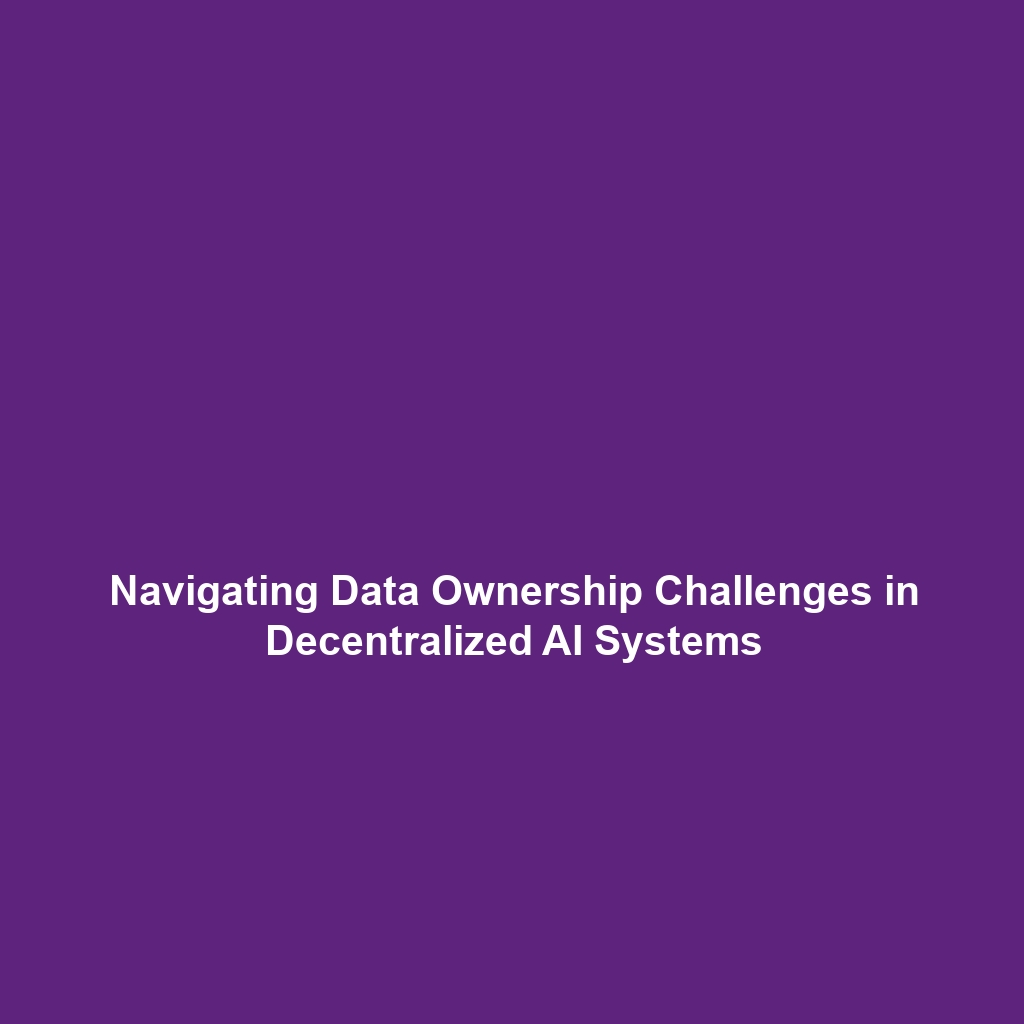Blockchain Technology: Ensuring Data Integrity and Security in Cryptography
Blockchain technology is revolutionizing the way we secure and validate transactions across the digital sphere. At the core of this technology are critical components such as cryptographic hashes, digital signatures, and consensus mechanisms. These elements are essential for ensuring data integrity and security within distributed ledgers, establishing a trustworthy environment for users and systems. As we delve deeper into the significance of these cryptographic foundations, we will explore their implications within the broader context of cryptography.
Key Concepts of Blockchain Technology
Blockchain technology is built on several key concepts that contribute to its fundamental operation and significance in cryptography:
Cryptographic Hashes
A cryptographic hash function transforms input data into a fixed-size string of characters, which appears random. The main attributes include:
- Deterministic: The same input will always yield the same hash.
- Irreversible: Hashes cannot be reversed to retrieve original data, ensuring confidentiality.
- Collision-resistant: It’s challenging to find two different inputs producing the same hash output.
Digital Signatures
Digital signatures utilize asymmetric cryptography to provide a way to validate the authenticity and integrity of a message, software, or digital document. They serve key purposes:
- Verification of origin and integrity of the message.
- Non-repudiation, preventing the sender from denying the signature.
Consensus Mechanisms
Consensus mechanisms are protocols that consider a transaction as valid and agree on a single version of the truth within the network. Common mechanisms include:
- Proof of Work (PoW): Requires computational power to validate transactions.
- Proof of Stake (PoS): Validators are chosen based on the number of coins they hold.
Applications and Real-World Uses
Blockchain technology has numerous applications across different sectors, enhancing the security and efficiency of various processes:
- Financial Services: Cryptocurrencies like Bitcoin use blockchain for secure transactions.
- Supply Chain Management: Companies track goods through secure and immutable records.
- Healthcare: Sensitive medical records can be securely shared while ensuring patient confidentiality.
The versatile applications of blockchain highlight how cryptographic principles enhance security and integrity in various fields.
Current Challenges
While blockchain technology presents significant advantages, it also faces challenges that impede its wider adoption:
- Scalability: Many blockchain networks struggle to process a high volume of transactions efficiently.
- Energy Consumption: Some consensus mechanisms, like Proof of Work, require substantial energy resources.
- Regulatory Hurdles: Unclear regulations can deter businesses from adopting blockchain solutions.
Future Research and Innovations
Looking forward, ongoing research and innovations promise to address current limitations and expand the capabilities of blockchain technology:
- Layer 2 Solutions: Innovations like the Lightning Network aim to enhance scalability.
- Quantum-resistant Cryptography: Developing algorithms to protect against future quantum computing threats.
- Interoperability Protocols: Facilitating seamless communication between different blockchain networks.
Conclusion
In summary, blockchain technology, rooted in cryptographic principles such as hashes, digital signatures, and consensus mechanisms, plays a pivotal role in ensuring data integrity and security in distributed ledgers. Understanding these components is crucial for appreciating the transformative nature of blockchain within the broader arena of cryptography. As we drive forward into an era defined by digital interaction, the importance of robust cryptographic solutions cannot be overstated. For further reading on related topics, explore our articles on cryptographic hashes, digital signatures, and consensus mechanisms.
This -formatted article effectively covers blockchain technology through the lens of cryptography, ensuring the inclusion of relevant keywords and structured formatting to enhance readability and SEO.



